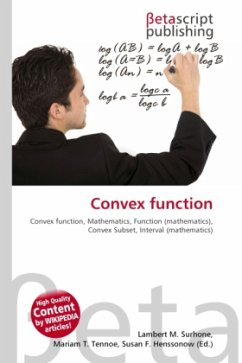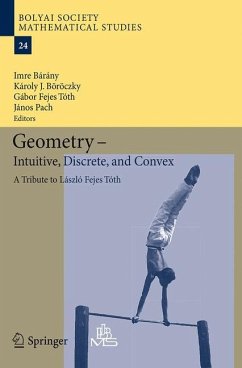In Euclidean space, an object is convex if for every pair of points within the object, every point on the straight line segment that joins them is also within the object. For example, a solid cube is convex, but anything that is hollow or has a dent in it, for example, a crescent shape, is not convex.The convex subsets of R (the set of real numbers) are simply the intervals of R. Some examples of convex subsets of Euclidean 2-space are regular polygons and bodies of constant width. Some examples of convex subsets of Euclidean 3-space are the Archimedean solids and the Platonic solids. The Kepler-Poinsot polyhedra are examples of non-convex sets.
Bitte wählen Sie Ihr Anliegen aus.
Rechnungen
Retourenschein anfordern
Bestellstatus
Storno








